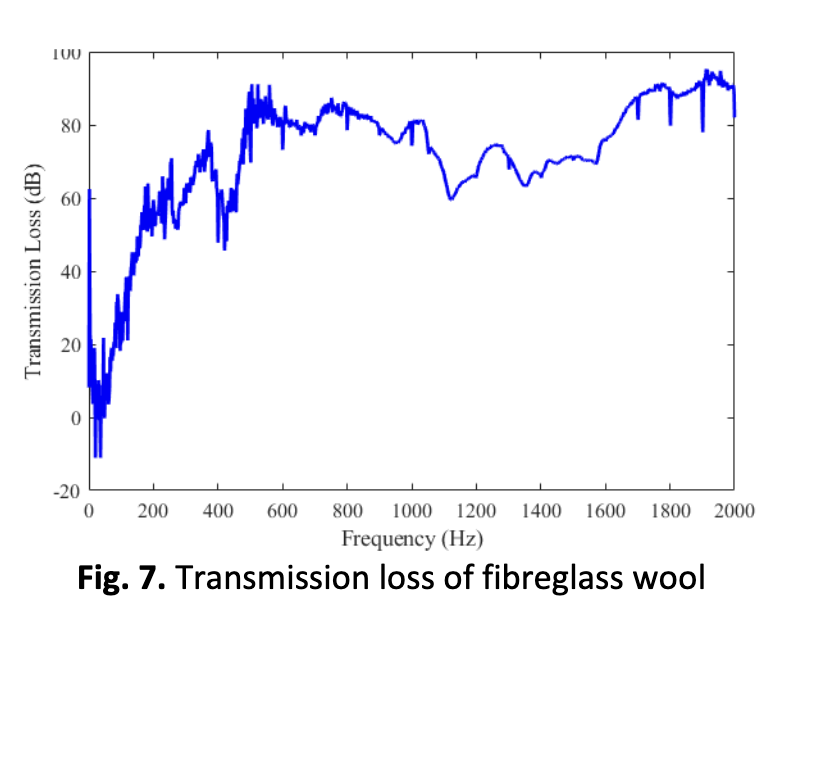The Effects of Acoustic Absorbing Materials in Noise Reduction of Exhaust Muffler System
Keywords:
Acoustic, noise reduction, exhaust muffler systemAbstract
Mufflers with acoustic absorbing materials are known as absorptive muffler. The absorptive muffler is the classic dissipative design, deriving its noise control properties from the basic fact that noise energy is effectively “absorbed” by various types of fibrous packing materials. The experimental study aims to observe the effects of the different types of acoustic absorbing materials in the exhaust muffler system through the transmission loss of the muffler and the comparison of transmission loss of a muffler with and without an acoustic absorbing material. The acoustic performance of the muffler system can be determined by insertion loss, noise reduction and transmission loss. The two-load method was used in this experiment because this method is suitable for being used in the experiment to observe the transmission loss of the different type of acoustic absorbing materials and make a comparison between which acoustic absorbing material has the highest transmission loss. Different acoustic absorbing material was used to see the effects of the transmission loss in a two-expansion chamber. Those material are steel wool, fibreglass wool and ceramic wool. When comparing the results attained is that the transmission loss of each acoustic absorbing material is different to one another. At lower frequency from 0 Hz to 1000 Hz, fibreglass has the highest transmission loss when compared to steel wool and ceramic wool. At higher frequency from 1000 Hz and above ceramic wool has the highest transmission loss when compared to the other two materials. The Root Mean Square (RMS) value of transmission loss is the highest for fibreglass wool when compared to the other two materials used. In addition, from the experiment it can be verified that by adding acoustic absorbing material it increases the transmission loss of the empty muffler system. The RMS value of transmission loss attained from the experiment for the empty muffler system was the lowest when being compared to RMS value of transmission loss of the acoustic absorbing materials. Since the transmission loss increase, the noise reduction in the muffler increases. Hence, it can be said that the addition of the acoustic absorbing material will help in the reduction of noise in the muffler system.
Downloads



















